
American lotus, long-leaf pondweed and cattails at The Emiquon Preserve. All photos by Randy Smith, TNC.


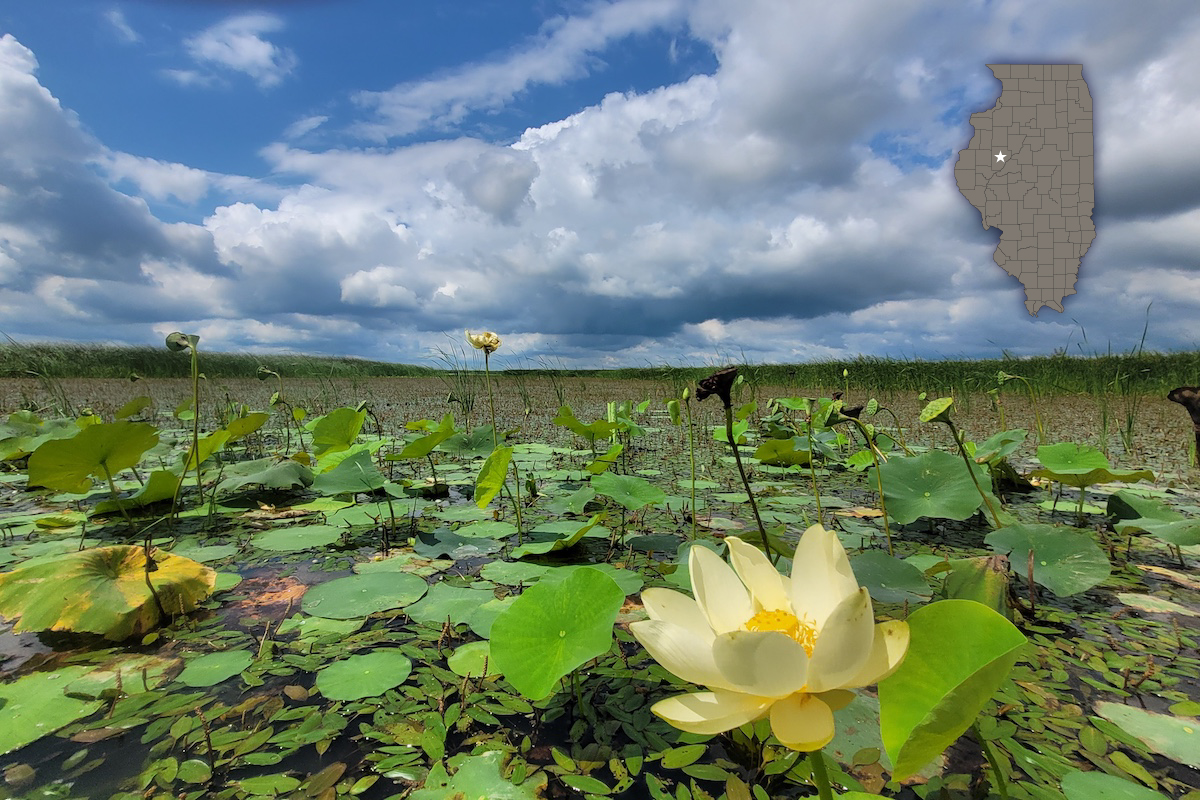
American lotus, long-leaf pondweed and cattails at The Emiquon Preserve. All photos by Randy Smith, TNC.
The Nature Conservancy invites the public to explore central Illinois’ restored wetlands through fishing, paddling, hiking, birding and science programs.
Twenty-five years ago, the land along the Illinois River, known as Thompson and Flag Lakes, two of the most diverse and productive lakes in the Illinois River valley, were covered in corn, beans and the hooves of cattle. The sprawling farm acreage, the largest contiguous farm in Illinois, had just been purchased by The Nature Conservancy (TNC). This was the largest conservation purchase in Illinois history at the time. The goal was to restore this place called Emiquon. Disconnected from the river with a levee, and drained and farmed for 80 years, the goal was ambitious, and more than a little controversial, converting what was seen as prime agriculture land back to wetlands, prairies and woodlands.
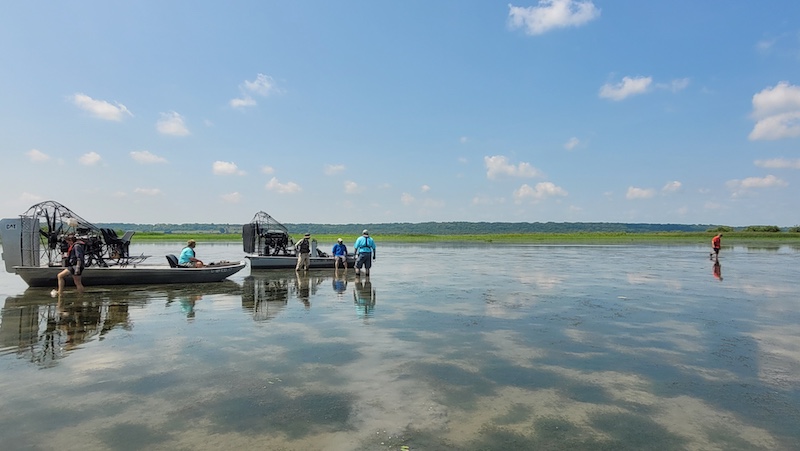
How do you set out to restore an entire ecosystem at a site this large and make sure you get it right? Is it as simple as turning off the pumps that kept the wetlands dry for decades and stop farming it? Yes and no. Perhaps the most critical restoration action was indeed turning off the pumps and allowing water to return to the site. But perhaps just as critical were the planning and discussions amongst conservation experts that identified a set of Key Ecological Attributes, covering everything from water quality and fish communities to wetland plants and breeding birds, that would be measured and monitored through time to help determine success of the project and guide management decisions.
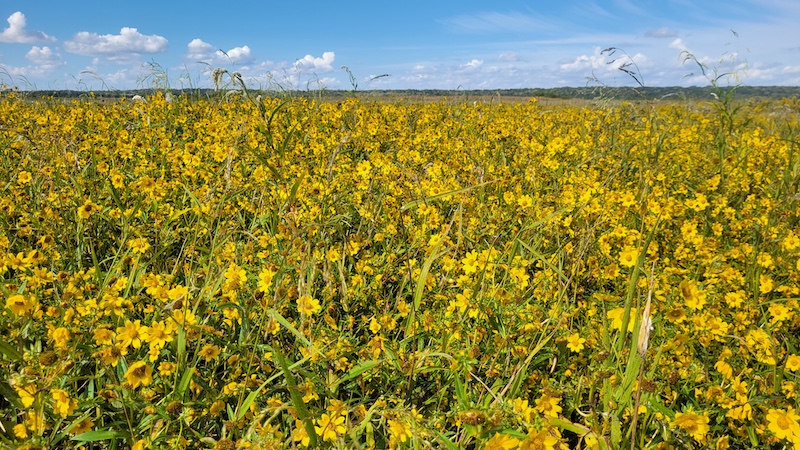
The restoration, about 6,700 acres owned and managed by TNC, and more owned and managed by U.S. Fish and Wildlife Service, has been a resounding success. Native fish, birds and wetland plants have returned in remarkable numbers, signaling the resilience of nature. Today, Emiquon Preserve supports a thriving ecosystem, attracts researchers from around the world and serves as a hub for education and recreation.
Are there challenges? Absolutely. Pressure from invasive species, natural habitat transition and other stressors constantly confront managers and researchers to stay vigilant and active to maintain a high-quality system. The Key Ecological Attributes have proven invaluable in measuring and tracking changes and guiding decision making. Emiquon doesn’t look now like it did ten years ago, and ten years from now won’t look like it does today. But we strive to keep it in a productive state that provides habitat for the fish, wildlife and plants that depend on it.
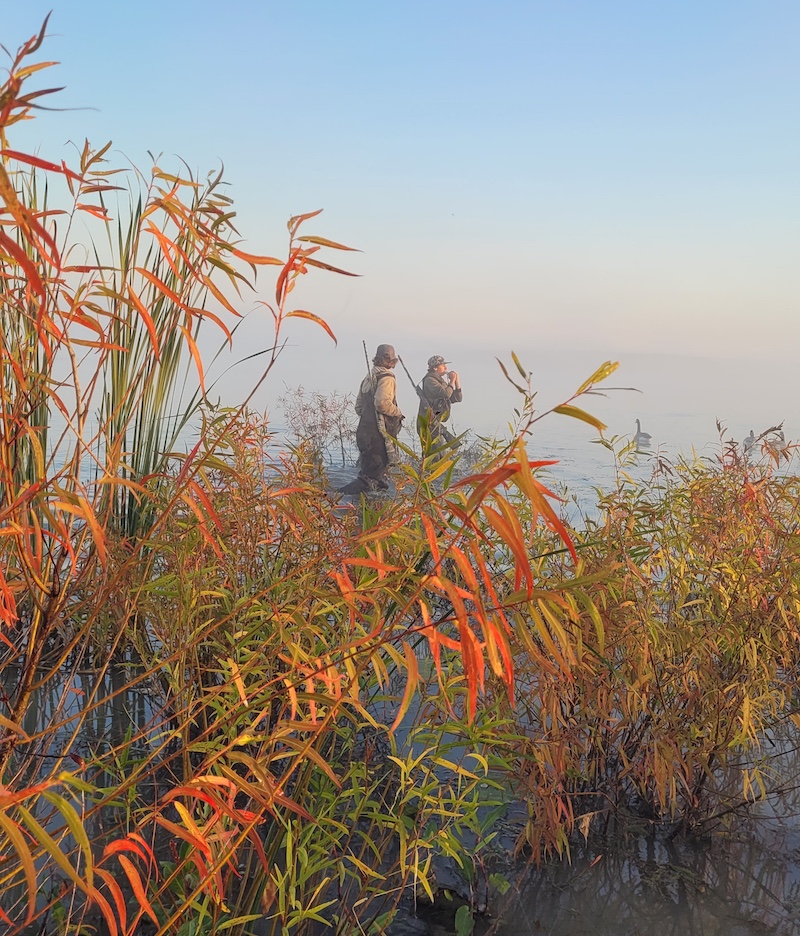
Emiquon features a public use area open during daylight hours, 365 days a year, with 1.5 miles of walking trails, a raised viewing platform and interpretive signage. There’s a boat ramp for fishing and paddling access (no motors and a free lake access waiver is required annually), and waterfowl hunting during fall.
To mark the 25th anniversary since the start of the project, TNC and partners are hosting a series of free, family-friendly public events. From paddling tours and fishing days to nature hikes and hands-on science experiences, the anniversary lineup offers unique ways for people of all ages to explore one of the Midwest’s most remarkable ecological success stories, and get a behind-the-scenes look at areas usually closed to the public, and hear from experts dedicated to the site.
“The changes have been dramatic,” noted Doug Blodgett, former Director of Illinois Rivers Program, now senior advisor for The Nature Conservancy, who oversaw the purchase and restoration during his tenure. “A few of the successes include the day when there were 325 American bald eagles at Emiquon, and another day when more than 1 million waterfowl were present. We’ve set use-day records for three duck species. We stocked 1.7 million native fish of 34 species, and we’ve found 26 new species (including the paddlefish) that we didn’t stock but evidently, they arrived by natural dispersal. As a boy growing up in Havana, I often heard stories of ‘waterfowl so dense they blocked out the sun’ but was suspicious of such claims. In 2009 I saw it at Emiquon and I knew we were on the right path.”
To mark the milestone, The Nature Conservancy will host the following public events:
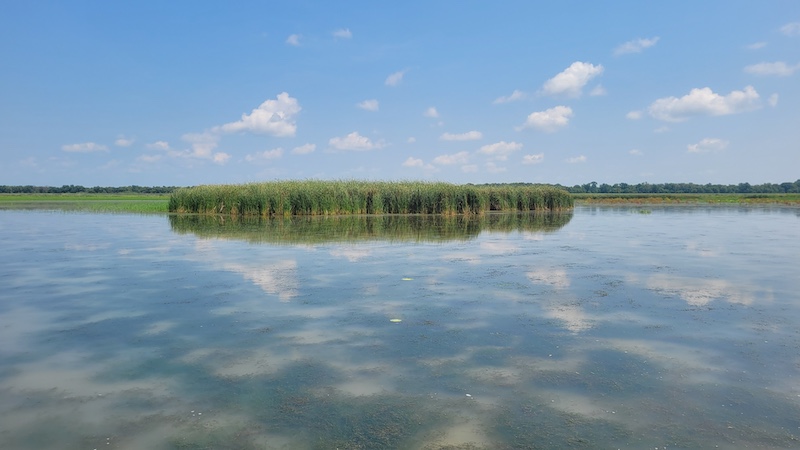
All events are free and open to the public, with some requiring advance registration. Some programs are suitable for all ages and will be adapted as needed for weather conditions. To register or view the full event summer schedule, visit nature.org/Emiquon25 or email emiquon@tnc.org
Randy Smith is the Illinois River Project Director for The Nature Conservancy based at The Emiquon Preserve where he focuses on wetland and big river conservation and management. He’s previously held positions with Illinois Department of Natural Resources and Illinois Natural History Survey in roles focused on wetlands and waterfowl.
Prześlij pytanie do autora